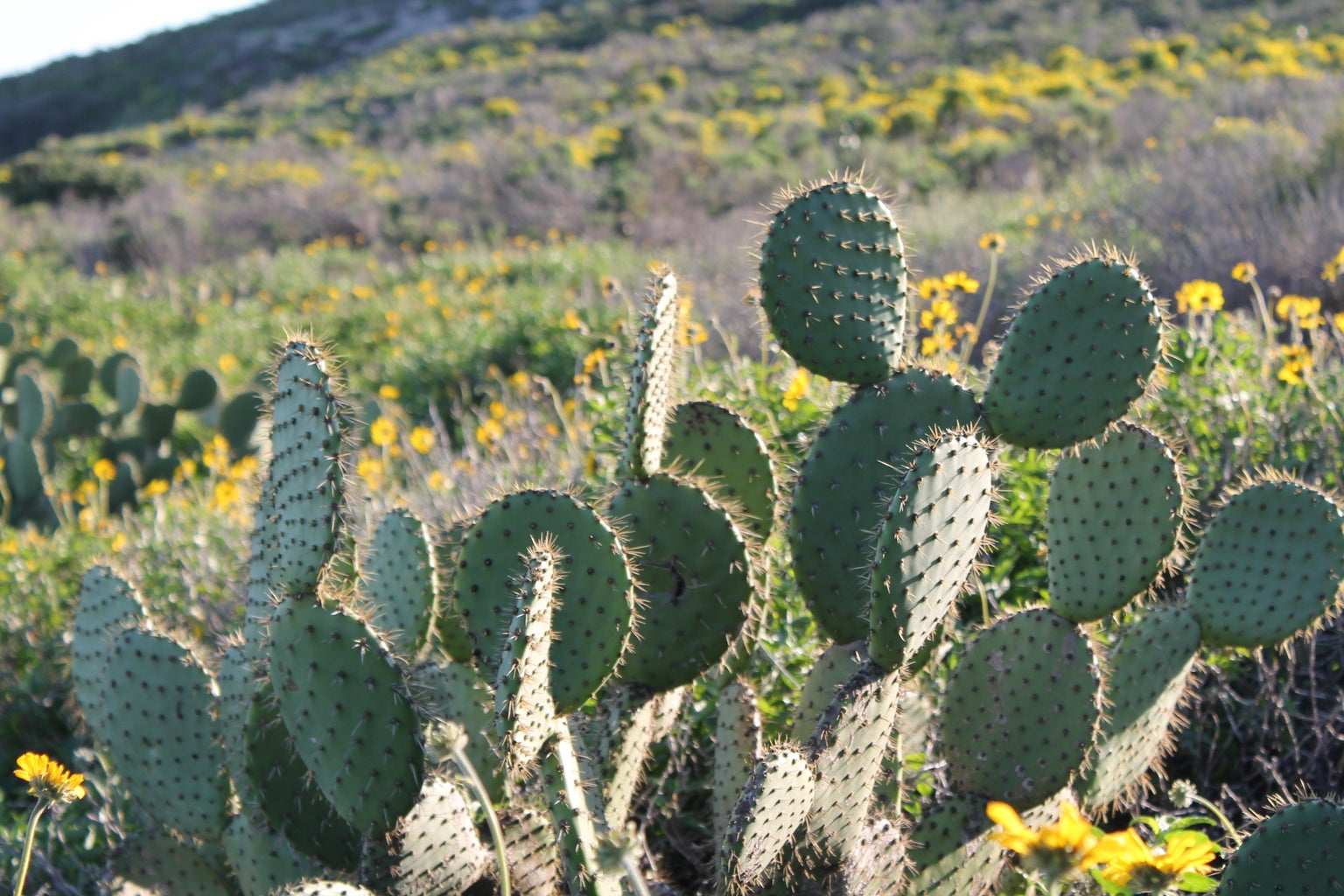This article contains discussions about lynchings, hangings, and racial violence. Reader discretion is advised.
In the 19th century, a form of popular justice crawled through the American South. Lynching, a concept many have heard of but few know how to define, is often understood to be the act of hanging a person, often without trial, at the hands of a mob (although it can take many more forms). Lynching has been tied to the South for much of United States history—a majority of lynching victims were black Americans killed by mobs of white vigilantes. However, the history of this violence spreads far beyond the South: California has its own history of lynchings that often go ignored. This article, informed by Ken Gonzales-Day’s Lynching in the West: 1850-1935 and Chacón and Davis’s No One Is Illegal, aims to bring awareness to California’s widely unknown past.

In the South, black American men and women were the targets of lynchings. Bigoted attitudes were only intensified by the Confederate States’ loss, leading to mobs of vigilantes taking the law into their own hands and killing those deemed to be criminals. In the West, this racialized violence mainly targeted Native American, Latino, and Asian populations. Manifest Destiny convinced white settlers that they had a claim to the frontier, creating a culture that idealized the cowboy vigilante figure. Thus, white Californians served justice where they believed the law didn’t, arresting, trying, and killing men without formal legal procedure. Around 350 Californians were killed via lynchings between 1850 and 1935, and despite several bills attempting to outlaw it, the language around lynching law is still debated to this day.
How can Californians reckon with the horrors of the state’s true history? If you grew up like me, you learned about cowboys, boomtowns, the Wild West, getting a general sense that California is far more progressive than southern or midwestern states with their widely known histories of slavery, displacement, and violence. Yet, California’s mission projects and the Gold Rush era are just as damning. The Gold Rush, for example, was a period of utter devastation for Native communities; settler colonial violence and disease contributed to the killings of 90% of California’s Native population. Violence against Indigenous people did not end there, as evidenced by the numerous cases of lynchings done unto Native Americans—some formally convicted and taken out of jails by mobs, some unknown to have been involved with criminal activity at all. Like knowledge of pre-frontier violence, California’s history should be more explicitly discussed in order for the state and its residents to acknowledge a past that it benefits from to this day.
For those hoping to learn more about lynchings in California, Ken Gonzales-Day’s walking tour of Los Angeles lynching sites is a harrowing, but necessary read (and undertaking for those in the area). His photography series Erased Lynchings poignantly alters pictures of lynching victims to recenter the photograph’s focus on the crowds and perpetrators partaking in “mob justice.” While lynching in California is a difficult history to reckon with, it is our responsibility as citizens of the United States to inform ourselves of systemic, cyclical, and ignored patterns of violence.



